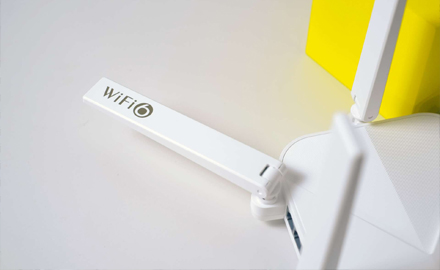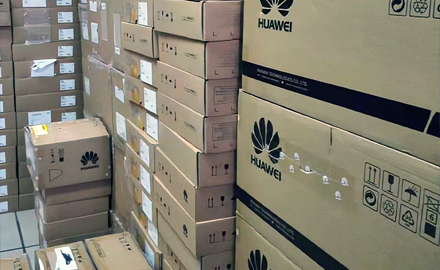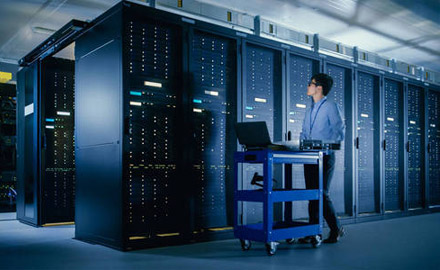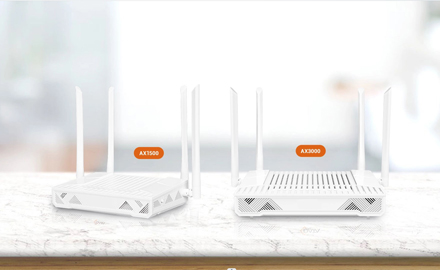Before explaining the concept of data uplink and downlink, you can first think about why surfing the internet is popularly translated as "surfing the Internet"?
"Internet access" is because it requires a local connection to the remote Internet, so it is called "online access". Correspondingly, obtaining data or information from the Internet is called download, because the resources are obtained from the remote end to the local.
If you understand the word "up" in "online" and the word "down" in "download", you should be able to easily understand the concept of "up and down" data mentioned in this article.
When explaining the "upstream and downstream" of data, it must be based on a certain carrier. This carrier can be a device or a system. As an access network device, the PON system plays the role of a network "access" , to a large extent, it provides a channel or bridge between local and remote connections.
Then the uplink data is the data sent from the PON system to the uplink equipment such as Layer 3 switches, routers or BRAS, and the downlink data is the data sent from the PON system to the downstream user-side equipment. To be more specific, if it is based on OLT, its uplink data is the data sent from the OLT's uplink data port to its uplink device, and its downlink data is the data sent from the OLT's PON port to the ONU/ONT; if it is based on ONU In other words, the uplink data is the data sent from the ONU's PON port to the OLT, and the downlink data is the data sent from the ONU/ONT's UNI port to its user-side equipment.

As for the upstream and downstream data of the switches and routers connected to the PON system and the switches and routers connected to the ONU/ONT, this concept can be deduced and is mainly determined by the identity of the device to which it is connected.
The uplink interface of the ONU is its PON port, and the downlink interface is its UNI port. The UNI port is the "user network side interface", which can be a LAN wired interface, a WLAN wireless interface or a POTS telephone interface, etc., that is, the interface connected to the user.Of course, other repeaters, switches, routers, etc. can be connected to this UNI port, but this does not change its nature of providing access to users.
Okay, that’s it for introducing the concept of data uplink and downlink. You can combine it to understand the uplink and downlink related concepts of GPON. For example, the uplink and downlink bandwidth of GPON is asymmetric. The downlink bandwidth can reach 2.488 Gbps, while the uplink bandwidth is only It can reach 1.244 Gbps, the downlink wavelength is 1490nm, and the uplink wavelength is 1310nm.
 The Difference Between AX1800 ONU and AX3000 ONU
The Difference Between AX1800 ONU and AX3000 ONU
 How are Huawei OLTs Classified?
How are Huawei OLTs Classified?
 The Future Trend of Optical Line Terminals (OLTs)
The Future Trend of Optical Line Terminals (OLTs)
 The Difference Between ONU and ONT
The Difference Between ONU and ONT